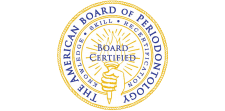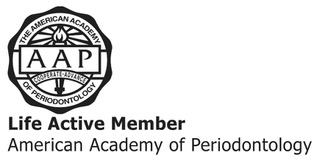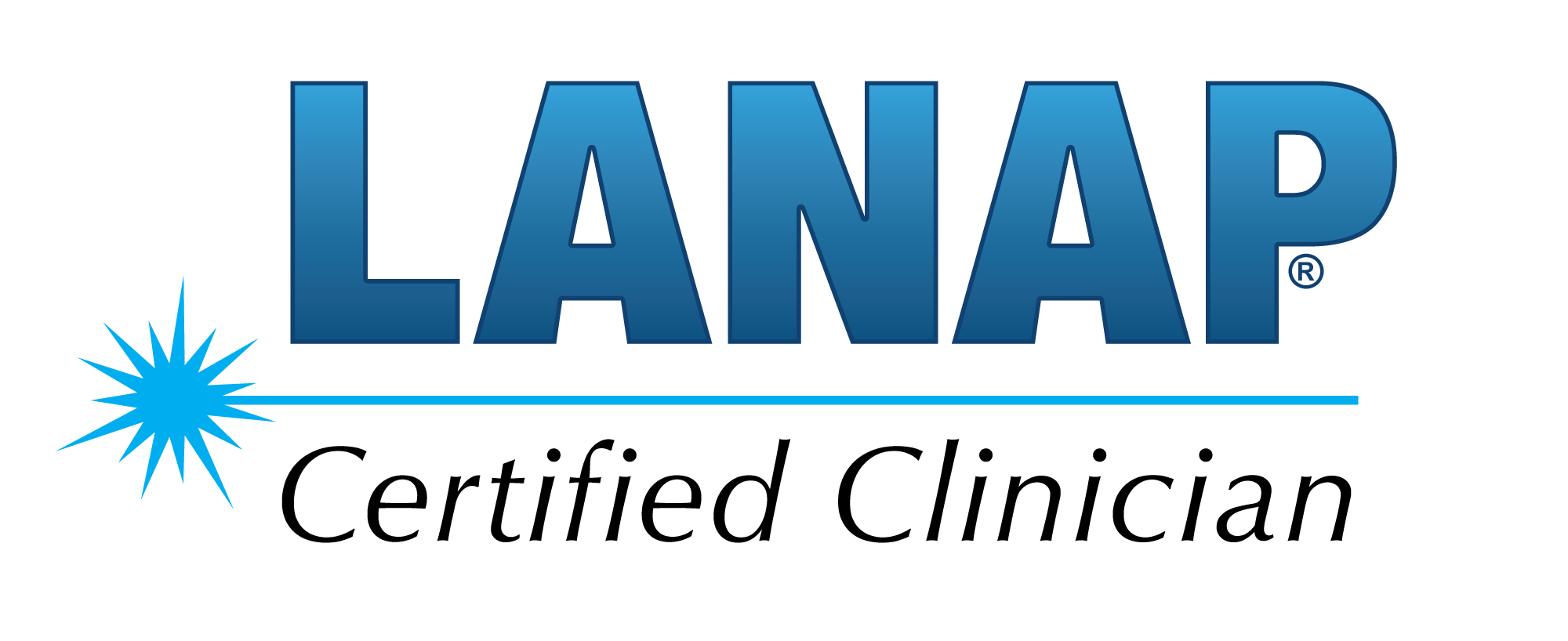Frenectomies at Newhouse Periodontics
At Newhouse Periodontics, we’re passionate about helping patients of all ages improve their oral health and smile. Frenectomies can improve the oral cavity by removing or repositioning frenums (or frenula). Frenums are attachments connecting multiple structures in the mouth. Whether a lingual (under tongue), labial (lip), or buccal (cheek) frenum, Dr. Newhouse is happy to perform a frenectomy when appropriate to improve functions like chewing, speaking, or restoring confidence in your smile!
What is Frenectomy?
Newhouse Periodontics has extensive experience in performing frenectomies, helping patients of all ages overcome frenum challenges involving the tongue, cheeks, gums, teeth, and lips. A frenectomy is a procedure performed in the comfort of our office that eliminates or alters the position of the frenum. A frenum is a small piece of connective tissue that prevents a moveable part of the oral cavity from freely moving.
A frenectomy involves removing or altering the position of a frenum, whether it’s associated with the lip, cheek, or tongue. Labial (lip) or buccal (cheek) frenula is when the lip or cheek connects to areas on the maxilla (upper jaw) or mandible (lower jaw). The lingual frenum is when the tongue attaches to a point on the mandible (lower jaw). It is also described as “tongue-tied”.
A frenectomy is a quick procedure where Dr. Nancy Newhouse will reposition or remove the frenum, allowing a typically movable part of the oral cavity (tongue, cheek, lip) to move more freely. It’s a short in-office procedure, typically with a quick recovery.
What Causes a Tight Frenulum?
Several factors may result in a frenum restricting a movable part of the oral cavity. Sometimes, a tight frenum can be inherited from family members. Other times, it may occur from a developmental anomaly. Tight frenums can also occur because of an injury, infection, or previous surgeries. Regardless of the cause, problems with frenum positions can result in not only frenum tension and lack of mobility, but also tooth root exposure and spaces between teeth. Dr. Newhouse performs frenectomies on patients of all ages, whether child or adult.
Why is a Tight Frenum a Problem?
Whether positioned labially, laterally, or lingually, frenums can restrict movement in the oral cavity. It can affect speech, the ability to effectively clean teeth, as well as make eating difficult. Frenums can also pull at the gums around teeth, causing them to shrink or recede, exposing tooth roots or creating spaces between teeth.
Gum Recession
Having a tight frenum can create oral health concerns. For one, the constant “pull” on thin gum tissue can cause it to shrink or recede. Gum recession can be painful and may result in tooth sensitivity, root exposure, increased susceptibility to decay, and gum disease. When frenum involvement is associated with periodontal (gum) disease, it may also be associated with general health issues like heart disease, stroke, diabetes, premature childbirth, and more.
Periodontal Disease
A tight frenum can promote gum recession and root exposure if not repositioned or eliminated. It can also be associated with periodontal disease, a destructive form of gum disease affecting 42% of Americans 30 years and older.
Tooth Decay
A tight frenum associated with tooth root exposure or recession is a risk factor for tooth decay (caries). Since root surfaces are softer than enamel, they are more susceptible to decay (caries) and may ultimately lead to tooth loss.
What to Expect from a Frenectomy at Newhouse Periodontics
Dr. Newhouse, a Diplomate of the American Board of Periodontology, is an internationally recognized leader in periodontology with a wealth of experience and care in improving smiles by saving teeth, making short looking teeth look longer, making long looking teeth shorter by covering exposed roots, regeneration both bone and gums, and other procedures including frenectomy. A frenectomy, when appropriate, will help keep your gums healthy, allow you to chew and speak better, allow you to clean your teeth more effectively, and protect the tooth and bone structure while enhancing your smile.
Dr. Newhouse offers a customized approach to your care in this instance, a frenectomy, whether it be with a laser or a more traditional approach. Following a frenectomy, you can anticipate speaking, eating, and cleaning your teeth more easily, enhancing oral health and restoring confidence in your smile and speech! Below is what you may expect from a frenectomy at Newhouse Periodontics:
Evaluation
Initially, Dr. Newhouse will evaluate your frenum(s), determining if and where the frenum pulls when the lips, cheeks, or tongue are moved. Based on your evaluation, Dr. Newhouse will determine whether your frenum should be repositioned so that it no longer creates tension and pulls at your gums, tongue, lips, teeth, or cheeks.
Local Anesthesia
Before Dr. Newhouse starts a frenectomy procedure, local anesthesia is administered so that the procedure is pain-free. Local anesthesia will provide comfort for the duration of the procedure.
Repositioning the Frenulum
Whether with a laser or with a more traditional incision, Dr. Newhouse will reposition the frenum to alleviate any associated tension. The frenectomy itself is a quick procedure, taking only a few minutes for the entire procedure from start to finish.
Frenectomy FAQ
Q: Is a frenectomy painful?
A: Comfort is maintained during a frenectomy procedure because local anesthetic is given before the procedure. Following a frenectomy, minor discomfort with little to no swelling may be experienced. Pain is minimal and is easily managed.
Q: How long is the recovery?
A: Recovery can take only a couple of days with complete soft tissue healing within a couple of weeks. Dr. Newhouse and her experienced staff strive to make recovery as easy as possible by providing patients with great post-operative care and instructions.
Q: Will I need multiple procedures?
A: Typically, Dr. Newhouse will reposition the frenum with one procedure, ensuring the tension is released on your gums, lips, cheeks, teeth or tongue. While a follow-up appointment is typical, additional procedures are not usually required.
Why Choose Newhouse Periodontics for a Frenectomy Procedure?
When it comes to your smile and oral health, trust Newhouse Periodontics. From our team of skilled and knowledgeable dental professionals, Dr. Newhouse’s extensive training and experience, and state-of-the-art technology, you’re in great hands at Newhouse Periodontics. Safety, comfort, and personalized care are of the utmost importance to meet the needs of every patient.
Schedule Your Frenectomy Consultation with Newhouse Periodontics Today
Don’t let a frenum, whether labially, laterally, or lingually positioned, interfere with your quality of life. Schedule a consultation with Dr. Newhouse today and start your journey to a more comfortable and confident you. Take the first step towards overcoming the challenges of a tight frenum with personalized, expert, and compassionate care. Call 816-373-6800 or book your appointment directly through our website.

















